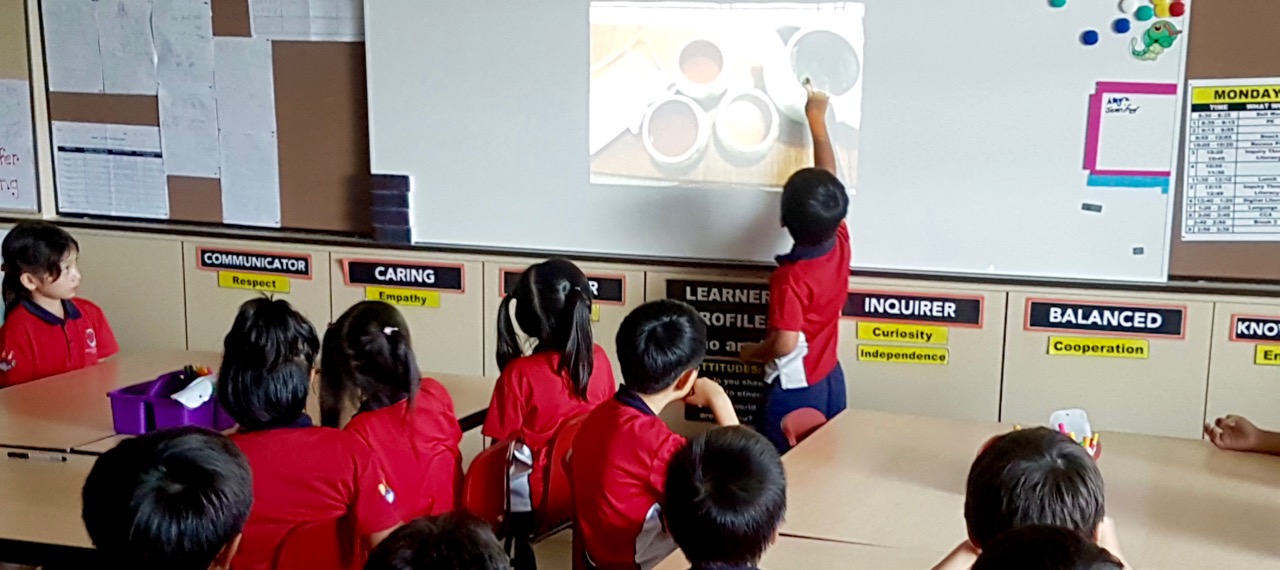Active learning connects classroom and home.
“There can be no learning without action, and no action without learning” is the PYP teachers’ motto for their students’ learning. Keita Komatsu, a student from 2-3 recently did just that, extending his learning from school to home.
In the Sharing the Planet unit, my class investigated how plants sustain life on earth. Keita and his classmates learnt how to grow plants in the classroom; they used the plants as live artefacts to observe, research, experiment, learn and care for them as “botanists”. Being a botanist was no easy task; as with all living beings, plants had problems that require constant attention and care. As the plants were growing so fast, students discovered:
- stems and roots started to overcrowd,
- mould started to grow on some of the plants, and
- insects and bugs started to feed on the soil and roots of some other plants.
Students in grade 2-3 found solutions for each and every problem:
- they trimmed the overgrown stems, and
- got rid of the mould and insects in order to sustain a healthy life for the plants.

How did Keita extend this understanding further?
On Open Minds, under Mr Carl Brown’s guidance, Keita potted plants such as lemongrass. At the end of the unit, he was further inspired by Mr David Dasari from Sodexo who presented to the class on how different parts of plants can be used for food. Extending his understanding on the topic, Keita conducted an investigation at home: how can his lemongrass sustain life? Armed with his curiosity and knowledge, he processed his lemongrass plant and made a special tea out of it to share with his family. He then shared the outcomes of the experiment he conducted at home with his classmates through a presentation.
What a successful display of active learning. Well done Keita on connecting the dots to extend your learning and to create something new.